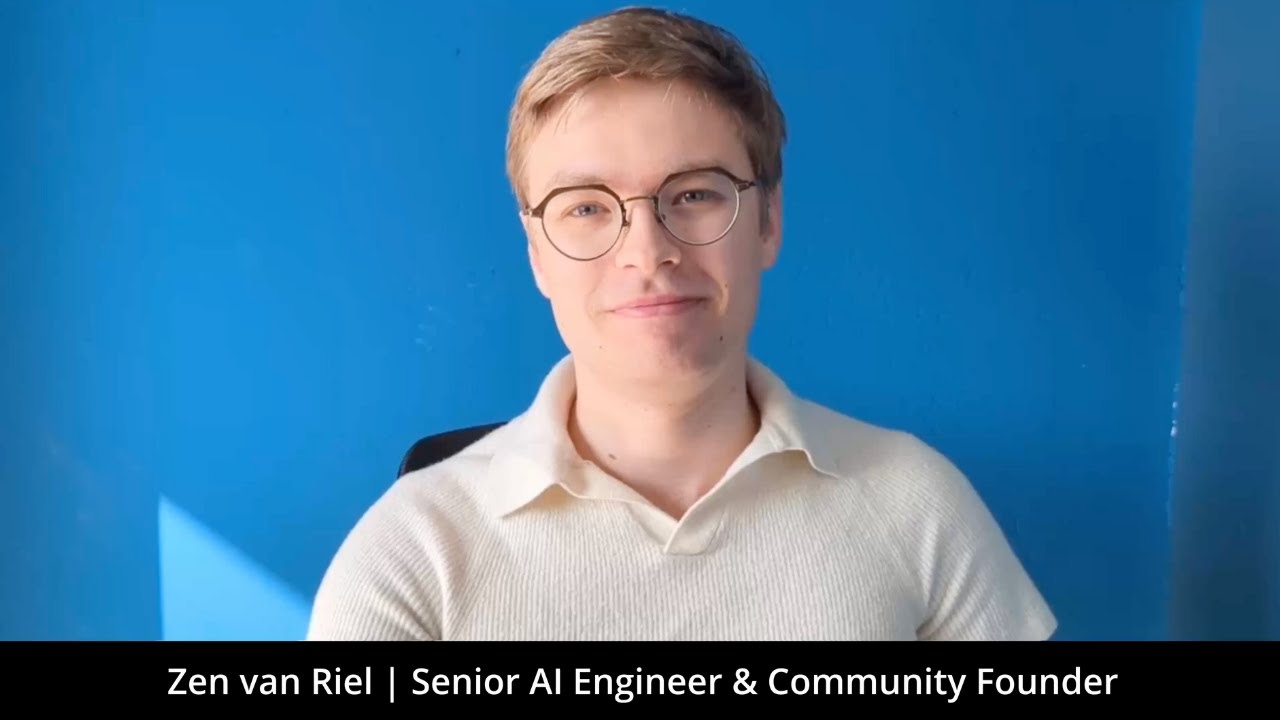Integrating AI Legacy Systems Modernization Without Replacement
During my career implementing AI solutions, I’ve encountered a consistent challenge: organizations want to leverage AI capabilities but cannot justify replacing their existing systems. The conventional wisdom often suggests that legacy applications are incompatible with modern AI, requiring ground-up rebuilds. However, I’ve discovered that thoughtful integration approaches can deliver substantial AI-driven value while preserving existing infrastructure investments – often at a fraction of the cost and risk of system replacement.
The Legacy Integration Opportunity
Legacy systems represent both challenges and significant opportunities for AI enhancement:
Operational Knowledge Accumulation: Existing systems embody years of operational knowledge and business rules that would be expensive and risky to recreate from scratch.
Data Treasure Troves: Legacy applications often contain vast historical data assets that provide ideal training and reference material for AI systems, representing value that new systems would lack initially.
Established Workflow Integration: Existing systems are already embedded in organizational processes and user habits, providing natural integration points for AI capabilities.
Risk Reduction Advantage: Enhancing existing systems allows for incremental improvement with limited disruption, unlike replacements that create all-or-nothing transition points.
These advantages explain why integration-focused approaches often deliver faster, more reliable returns than replacement strategies, particularly for systems central to critical business operations. This aligns with proven AI strategies for businesses that prioritize practical value delivery over technology replacement.
The Integration Architecture Patterns
Through multiple implementation projects, I’ve identified several architectural patterns that successfully bridge legacy systems and modern AI capabilities:
API Augmentation Layer: Creating new API interfaces that sit alongside existing interfaces, providing AI-enhanced alternatives to traditional endpoints without modifying core functionality. This approach often utilizes production-ready FastAPI architectures to create robust, scalable integration points.
Shadow Processing Systems: Deploying parallel AI systems that observe and learn from existing processes without directly altering them, gradually building capabilities that can be selectively integrated.
User Experience Overlay: Implementing new interface layers that incorporate AI capabilities while communicating with existing back-end systems through established interfaces, delivering modernized experiences without back-end changes.
Intelligent Middleware: Inserting AI-powered components between existing system elements to enhance data flows, automate decisions, or provide additional processing capabilities within established architectures.
Data Integration Bridge: Creating connections that allow AI systems to access legacy data stores for training and inference while maintaining existing application interfaces, leveraging historical data while preserving system boundaries.
These patterns provide flexible approaches that can be adapted to different technical environments and integration requirements.
The Capability Enhancement Framework
Not all AI capabilities integrate equally well with legacy systems. I’ve developed a framework for identifying the most suitable enhancement opportunities:
Friction Point Analysis: Identifying existing user or process pain points where AI could deliver immediate relief without requiring fundamental system changes. These opportunities typically offer the highest perceived value with the lowest integration complexity.
Data Utilization Assessment: Evaluating where existing data assets could provide insights or automation currently unavailable through legacy interfaces. These opportunities leverage the organization’s data investments while adding new capabilities.
Decision Augmentation Mapping: Locating decision points within existing processes where AI assistance could improve outcomes without replacing human judgment entirely. These enhancements build trust through collaboration rather than creating resistance through displacement.
Workflow Acceleration Opportunities: Finding process steps that could be streamlined or partially automated while maintaining overall workflow structure. These enhancements improve efficiency without disrupting established procedures.
This framework helps organizations prioritize integration efforts based on value potential and implementation feasibility rather than technological appeal alone.
The Non-Invasive Implementation Approach
Successful legacy integrations follow specific implementation principles:
Minimal Core Modification: Limiting changes to existing core systems reduces risk and simplifies approval processes. The most successful integrations often make zero changes to legacy codebases.
Standard Interface Utilization: Leveraging existing APIs, data exports, and integration points rather than creating new connection requirements minimizes compatibility issues.
Graceful Degradation Design: Ensuring AI-enhanced capabilities can fall back to traditional processing when needed maintains system reliability even when AI components encounter limitations.
Progressive Feature Adoption: Implementing capabilities incrementally with clear opt-in paths allows controlled adoption rather than forcing wholesale changes on established users.
Parallel Operation Periods: Running enhanced and traditional approaches simultaneously during transition periods builds confidence and allows performance comparison under real conditions.
These principles create integration approaches that respect existing investments while steadily delivering new capabilities.
Addressing Common Integration Challenges
Legacy AI integration involves specific challenges that require thoughtful solutions:
Data Quality Variations: Legacy data often contains inconsistencies or quality issues that must be addressed for effective AI utilization. Implementing preprocessing pipelines that standardize and clean data before AI processing creates a buffer between legacy data realities and AI expectations.
Performance Expectation Management: AI components may introduce different performance characteristics than traditional processing. Establishing appropriate metrics and expectations before implementation prevents perception of degradation when behavior changes.
Integration Authentication Complexity: Legacy systems often use outdated authentication mechanisms incompatible with modern AI services. Creating secure authentication bridges that respect existing security models while enabling new connections maintains protection without requiring core security changes.
Operational Monitoring Gaps: Traditional monitoring tools may not adequately track AI component behavior. Implementing supplemental observability mechanisms that complement existing tools provides comprehensive visibility without replacing established monitoring.
Addressing these challenges proactively prevents them from undermining otherwise valuable integrations.
The Evolution Roadmap Approach
Rather than viewing integration as a one-time project, successful organizations adopt evolutionary roadmaps:
Capability Staging Plans: Mapping sequential enhancement opportunities that build on each other creates a coherent progression rather than disconnected projects.
Technical Debt Reduction Points: Identifying specific steps where legacy constraints can be systematically reduced creates incremental modernization without wholesale replacement.
Exit Ramp Preservation: Maintaining the ability to revert to pre-AI processing if needed reduces perceived risk and increases stakeholder comfort with changes.
Success-Based Acceleration: Creating mechanisms to expand successful integrations based on measured outcomes rather than predetermined timelines allows adaptation to actual results rather than theoretical projections.
This evolutionary approach transforms legacy integration from a compromise position to a strategically advantageous modernization path. Understanding what causes AI projects to fail can help you avoid common pitfalls during these evolutionary implementations.
The integration of AI capabilities with legacy systems represents an often-overlooked opportunity to deliver substantial value while managing risk and preserving existing investments. By applying appropriate architectural patterns, identifying the most suitable enhancement opportunities, following non-invasive implementation principles, addressing common challenges, and adopting evolutionary roadmaps, organizations can achieve modernization benefits without the disruption and expense of system replacement.
Take your understanding to the next level by joining a community of like-minded AI engineers. Become part of our growing community for implementation guides, hands-on practice, and collaborative learning opportunities that will transform these concepts into practical skills.

